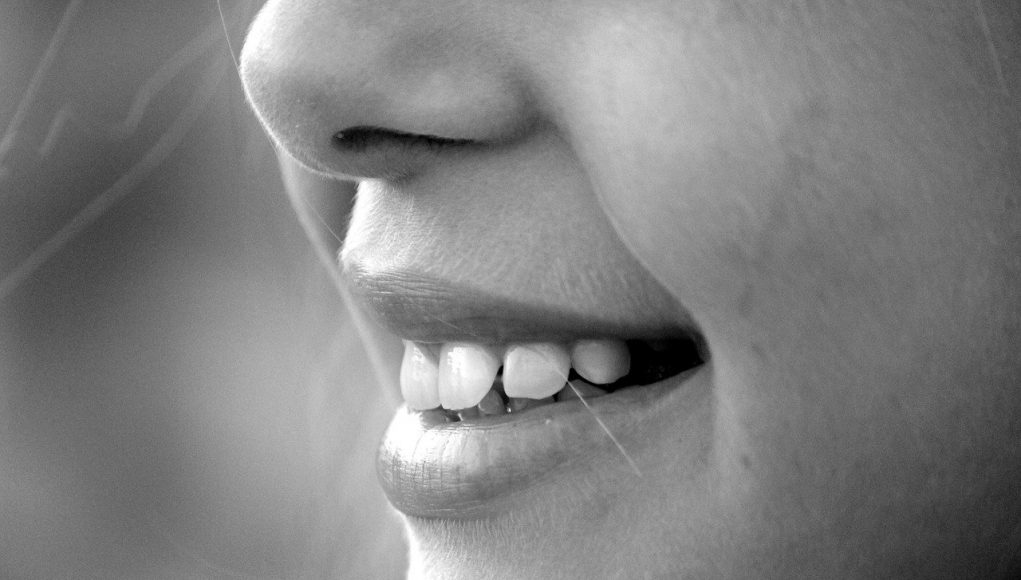Rodu starts his article by admitting tht risk is a complicated concept, as one has to take into account countless variables and understand all the information contained in a risk estimate. “It starts with an incidence rate, which is the number of new cases of a disease that is seen in a population over a specified period of time. The Surveillance Epidemiology and End Results (SEER) program at the National Cancer Institute has collected information on incidence since 1973.”
The THR expert added that the compiled SEER data reported about 34 cases of oral/throat cancer annually among 100,000 men aged between 40 to 84 years from 2001 to 2006. The professor pointed put that this an overall rate, which was divided as follows:
- men who have not been exposed to known causes of oral cancer,
- current smokers,
- former smokers
- alcohol abusers.
The Seer data indicated that men not exposed to causes of oral cancers made up about 45% of the population, and they had the baseline rate of oral/throat cancer (the relative risk, RR = 1.0). Within current smokers, about 25% of the sample had an RR for oral/throat cancer of eleven, when compared with non smokers.
Former smokers, also at 25% of the population, had an RR of 3.4, while alcohol abusers comprised the remaining 5% and had an RR of 4.0. Brad Rodu displayed the results as follows:
| Oral/Throat Cancer Among Men Age 40-84 Years Old in the U.S., 2001-2006 | |
| Exposure Group | Rate (cases per 100,000 men per year) |
| No exposure | 3.6 |
| Current Smokers | 22.0 |
| Former Smokers | 6.8 |
| Alcohol Abusers | 1.6 |
| All | 34.0 |
What does this data mean to smokeless tobacco users?
He explained that their review indicated approximately 3.6 cases of oral cancer among 100,000 smokeless tobacco users per year, (or 36 cases among a million users). This was the same rate witnessed amongst non-exposed men, he highlighted. “While it is not “zero” risk, it is no higher than the risk among men who are neither smokers nor heavy drinkers.”
Rodu went on to mention that cases of oral cancer associated with powdered dry snuff occur after decades of use. In one of the largest case series, powdered dry snuff users with oral cancer were on average 78 years old and had used the product for 55 years. He added that science cannot support claims by oral cancer victims who blame smokeless tobacco for their condition, if they used the product for less than two decades or developed cancer at a young age.
Other factors would need to be considered
Additionally as mentioned earlier, multiple other factors would need to be considered. “Did the individual also smoke or use alcohol excessively? Has the person had a human papillomavirus (HPV) infection, which is now recognized as a cause of oral/throat cancer? These are important risk factors for oral cancer that should not be overlooked.”
The professor said that these findings need to be put in perspective. “Although oral cancer is rare, it most commonly occurs in smokers and/or heavy drinkers who are 50 years or older. However, as an oral pathologist, I have diagnosed oral cancer in 25-year-olds who didn’t smoke or drink.”
“Harm reduction doesn’t allow us to enjoy risk-free lives. It does give us valuable information to manage the risks of the activities that make life enjoyable.”












